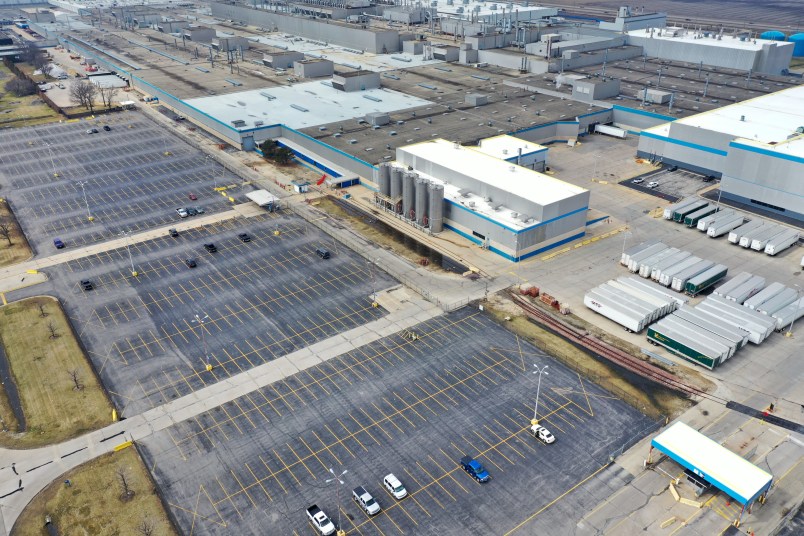For a variety of reasons, I pay close attention to the manufacturing sector. I think it’s partly because I grew up in Cleveland and still have a lot of friends who work in shops and factories — many who are already out of work. Although we’ve more or less transitioned to a services-based economy, making stuff is still a core aspect of the American identity. We all know the service sector is taking a massive blow. We can see the stores closed, we can’t go to our favorite bar. But the manufacturing economy is less visible — except to those in it. The rest of us will feel the impact down the road when this loss of productivity manifests in myriad ways.
This morning the Institute of Supply Management released its March manufacturing report. As expected, it was pretty bad: Reduced demand, a slowing supply chain, reduced employment. But I want to highlight a couple specific data points.
First, the Purchase Managers Index registered a 49.1 signaling contraction, but it was actually a bit higher than the median analyst estimate of 44. This is largely because the survey was conducted before large swaths of the economy were shut down.
The most troubling aspect of the report is that we saw the steepest drop in new orders since 2009. New orders had already contracted slightly in February, but in March the new orders index fell 7.6 points to 42.2 from 49.8, accelerating the decline. Supplies are also being delivered more slowly, and inventories are too low. “Too Low” is not me editorializing or surmising. That’s the actual status in the report. To be clear, these reports blend together different kinds of businesses, so for example, of 18 manufacturing sub-sectors, three did increase new orders — but those were outweighed by the 13 in which new orders declined.
Often slowing delivery times reflect an uptick in demand, i.e. things are slow because there is simply a lot of stuff to deliver. But Timothy R. Fiore, Chair of the Institute ISM Manufacturing Business Survey Committee, said that of two-thirds of respondents cited supply-chain constraints from China as a reason for slowing deliveries.
The report also showed that employment in the sector declined for the 8th straight month, and hit an 11-year low. In fact, all 11 indices — measuring such factors as delivery times, inventories, and prices for manufactured goods — showed either contraction or slowing. The steepest drop was in prices, an index which declined 8.5 points to 37.4 from 45.9.
Taken together what we have here is a harbinger of things to come. With less new orders in March, there will be less production in April. Job losses will intensify. Like everything else with this pandemic, it will get worse before it gets better.









